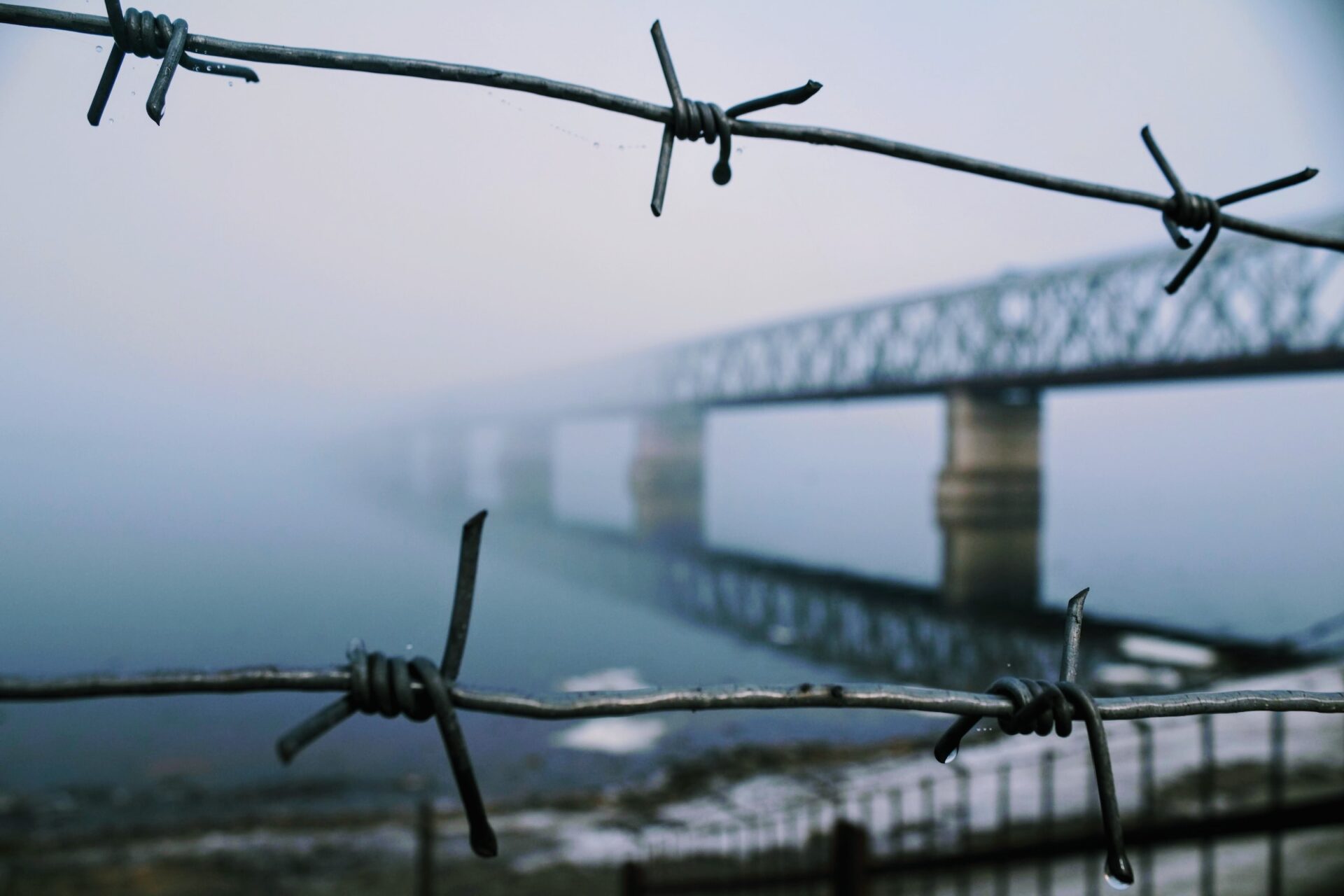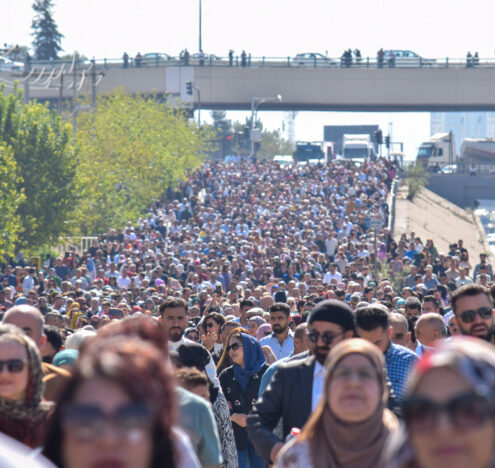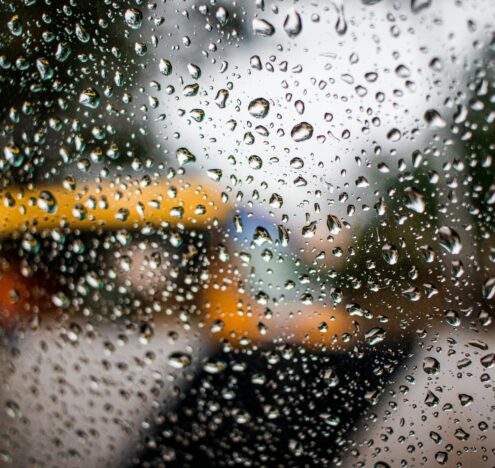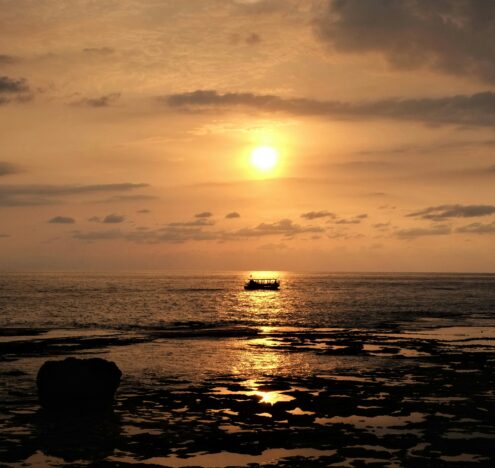The short answer is, “probably not.” Russian forces blew up the Kakhovka Hydroelectric Power Plant in the Kherson region to slow Ukraine’s counteroffensive, but it is causing a potentially dangerous situation upstream at the Zaporizhzhia nuclear power plant.
As there are no short-term risks, there is no need to compare this to the Chernobyl disaster of 1986. But there are some long-term concerns that nuclear power experts have raised, such as the levels of the cooling ponds at the plant. Under normal circumstances, this type of infrastructure threat would not happen because, well, it is not common for a nuclear power plant to be occupied by a hostile invader (in this case, it’s Russia). Nor is it common for that same occupying force to disregard public safety by blowing up a dam that the plant depends on.
So far, at least 10 people are dead and more than 30 are missing as a result of the dam breach.
We are a week into the dam explosion, and there are still lots of questions about why the dam is so important for the power plant.
1. Why is the nuclear power plant connected to the dam explosion?
The dam is important because the nuclear power plant, which is some 153 kilometers away, depends on water from it, specifically to pump water into the cooling ponds. However, experts are concerned that there is not enough water to keep the reactors cool. The Paris-based Institute for Radiation Protection and Nuclear Safety (IRSN) said one of the cooling ponds is at risk of collapsing. “Without the reservoir on the other side to counteract it, the internal pressure of the water in the cooling pool could breach the dyke around it,” according to the report. Over the long term, water supply will be an issue.
The dam is important because the nuclear power plant, which is some 153 kilometers away, depends on water from it, specifically to pump water into the cooling ponds. However, experts are concerned that there is not enough water to keep the reactors cool.
Let’s break down the difference between the reservoir and the cooling pond. The reservoir, which is walled off from the cooling pond, is used for cooling during normal times. The cooling pond is a backup water supply. Even if the cooling pond doesn’t collapse, the water will be used up over time, and an alternative water source will be needed.
The last of all six nuclear reactors were switched to a “cold shutdown” as a safety precaution amid the flooding caused by the dam explosion. In very simple terms, a cold shutdown is when the reactors are below boiling point. This happened during the Fukushima nuclear plant disaster.
Three conditions must be met to reach a cold shutdown state, per the International Atomic Energy Agency (IAEA): the reactor pressure vessel’s temperature is less than 100 degrees Celsius, the release of radioactive materials from the primary containment vessel is under control, and public radiation exposure by additional release is being significantly held down.
As for the Zaporizhzhia nuclear power plant, the IAEA said that even if water levels at the reservoir fall below the critical point of 12.7 meters, it could still pump water at levels below 11 meters. There will be enough water to keep the reactors cool, but because Russia is also occupying the site and pointing automatic rifles at the plant workers, the situation is very delicate — especially since there are fears that Russia could sabotage the nuclear power plant as well.
But Ukrainian authorities and the IAEA head, who is currently in Kyiv, say there are no immediate threats. For now.
2. What’s the worst that can happen if, in the unlikely event, the nuclear power plant runs out of water or doesn’t have enough?
James Acton, co-director of the Nuclear Policy Program at the Carnegie Endowment for International Peace, told Inkstick that if the nuclear power plant runs out of water, the first thing to worry about is fuel melting.
Whether that would happen in the spent fuel pools first or the reactor course, he said he wasn’t sure. Acton did say that the scenario to keep in mind is Fukushima rather than Chernobyl.
“With Chernobyl, there was an explosion of the reactor core, whereas, with Fukushima, there was a lack of cooling that led to melting, which is the kind of accident sequence you would have at Zaporizhzhia,” Acton said. “Now, with Zaporizhzhia, you have a huge advantage. The fuel is a lot cooler than it was at Fukushima because the reactors have been turned off, so the fuel is cooling over time.”
The big concern, Acton said, would be if there was a significant increase of radioactivity and people wouldn’t be able to safely evacuate because they’re in a war zone. The Japanese evacuated more than 100,000 people during the Fukushima crisis. Evacuations, especially those done in emergencies, are never an easy process, but things are even harder in Ukraine.
“That would be infinitely harder in the middle of a war zone,” he said. “The bottom line thing you are worried about is a significant increase of radioactivity (released into the air) due to fuel melting.”
If people have to be evacuated, Ukraine would have to work with Russian occupiers who have shown they do not value civilian life. Russia has launched hundreds of drones and missiles at Ukrainian cities since the beginning of the war that have no military significance. The reason is simple: to instill fear in the Ukrainian people, hoping the constant bombing will push them to pressure their government to submit to Moscow’s will. It hasn’t worked, and, as someone who lives in Ukraine, I don’t think the people will ever buckle under the onslaught. The UN reports that more than 8,700 people have been killed since the invasion began in February of 2022, and some 14,000 have been injured, but those numbers are likely higher. And the New York Times has documented the willingness of Russia to target civilians. So, it is unlikely that Russia would be at all cooperative in evacuating non-combatants from areas impacted by a radiation release.
It is, however, important to note that there hasn’t been a need for evacuation yet.
3. Is Russia’s destruction of the dam a war crime, given its impact on the nuclear power plant and other critical infrastructure, and on human life?
Mariana Budjeryn, a Senior Research Associate with the Project on Managing the Atom (MTA) at the Harvard Kennedy School’s Belfer Center, certainly thinks so.
She cited the 1949 Geneva Convention on the Rule of War Article 56, which addresses the “Protection of works and installations containing dangerous forces.”
“It’s an indiscriminate kind of damage that impacts all sorts of civilians,” Budjeryn told Inkstick. “That goes against the principle of discrimination between combatants and non-combatants. Dams, dykes, as well nuclear facilities as well are part of this list of critical infrastructure that the damage to which will release these dangerous forces.”
“It’s an indiscriminate kind of damage that impacts all sorts of civilians,” Budjeryn told Inkstick.
Deutsche Welle (DW) published a very comprehensive explainer about whether Russia’s actions could amount to a war crime. The convention is very detailed about this situation, but it allows for lots of legal interpretation. For example, as the explainer breaks down, power plants are not exactly off-limits. Unless an attack “may cause the release of dangerous forces from the works or installations and consequent severe losses among the civilian population.”
That’s where Budjeryn says Russia loses any defense against the war crimes charge.
“When Russians claim the occupation of Zaporizhzhia nuclear power plant did not release any dangerous forces, there hasn’t been a radiological release, and they’re just minding this plant and running it, then the blowing up of the Kakhovka dam, there’s really no such disclaimer there,” she said. “That’s very clearly a war crime and a major war crime.”
Of course, Russia’s actions are unprecedented and potential prosecution is open to legal interpretation, but it is a question that will certainly be explored as the war continues on.
Because this is an ongoing situation and is unprecedented, it is impossible to predict what could happen next.
A few things are clear: Russia is the aggressor, refuses to withdraw its troops, and has shown that it does not value non-combatant lives. Outside of the nuclear threats, the dam explosion has resulted in the loss of life and is impacting the ecological system in the region. But there is no need for immediate alarm about Ukraine’s nuclear assets. The Zaporizhzhia nuclear power plant is safe for now, but the situation is very fragile and could get worse if Russia continues its occupation of Ukrainian land and refuses to withdraw.





















